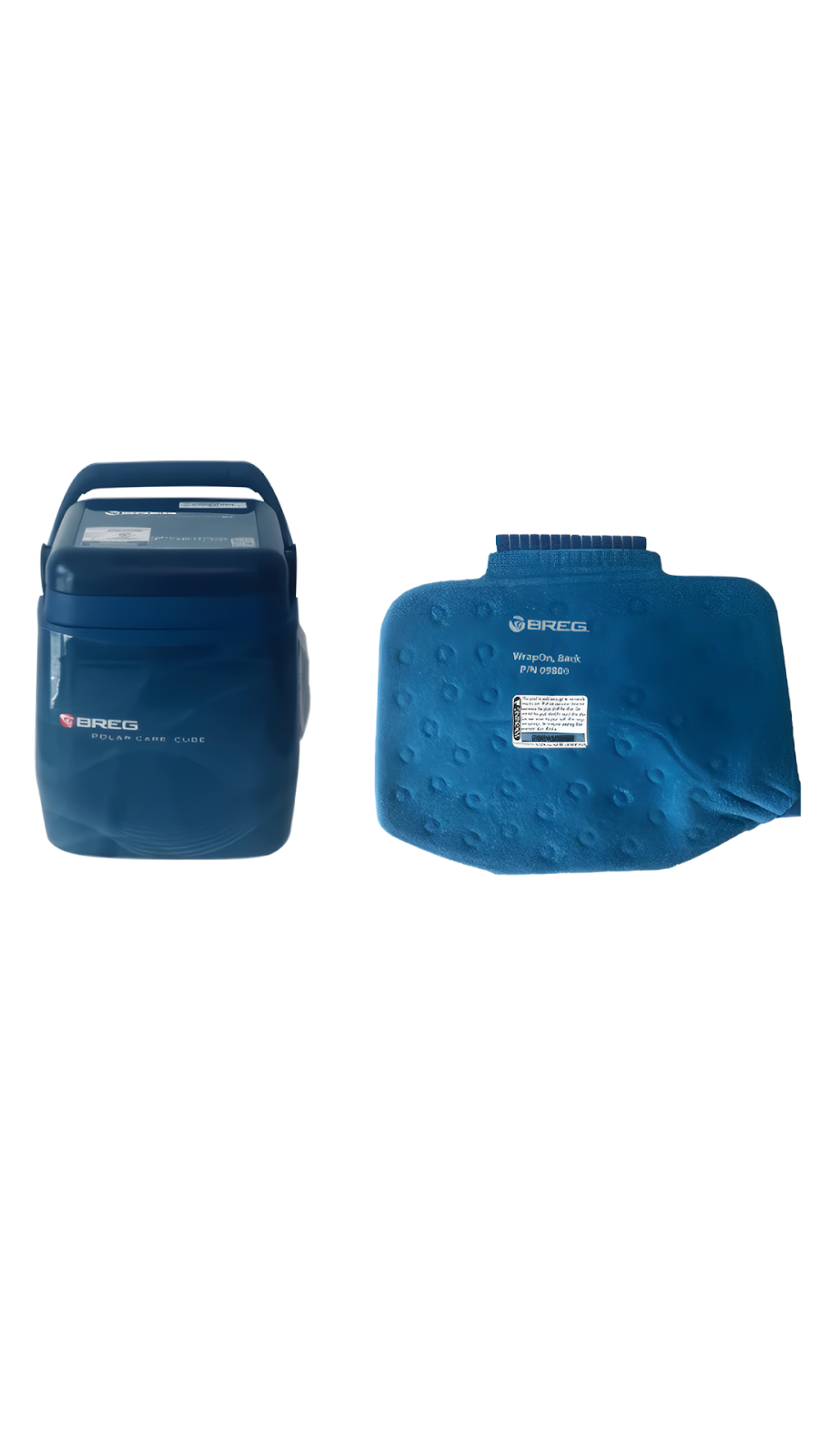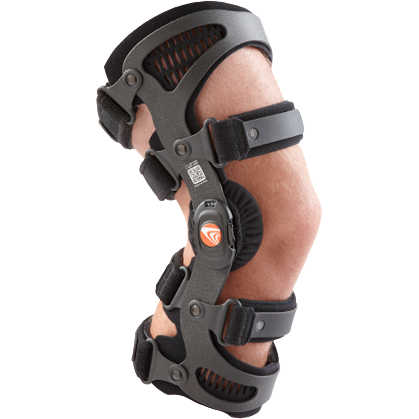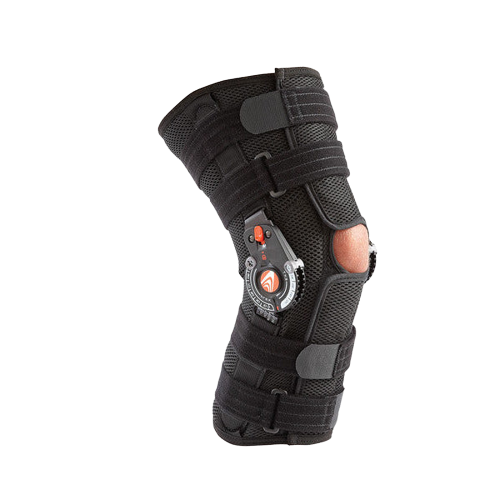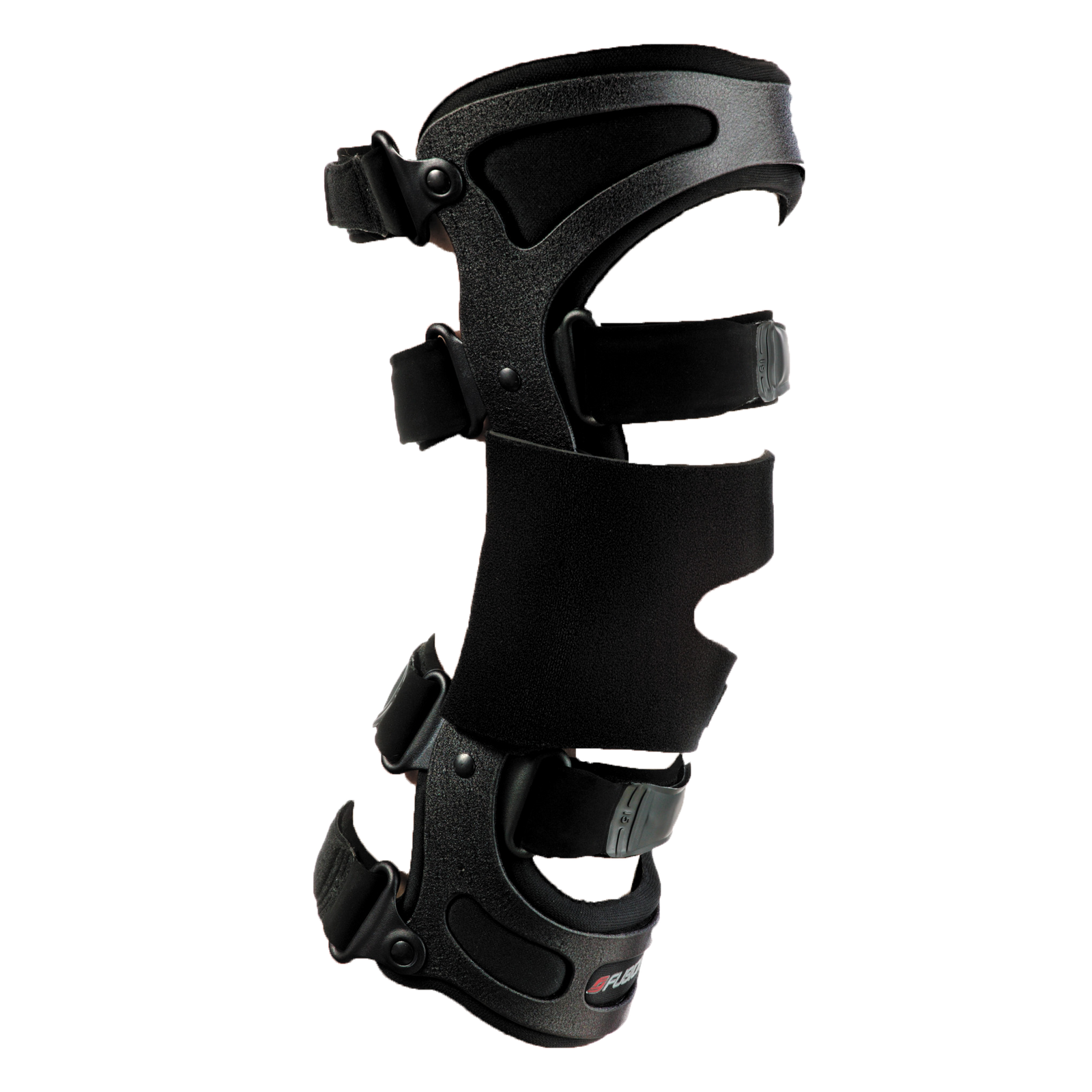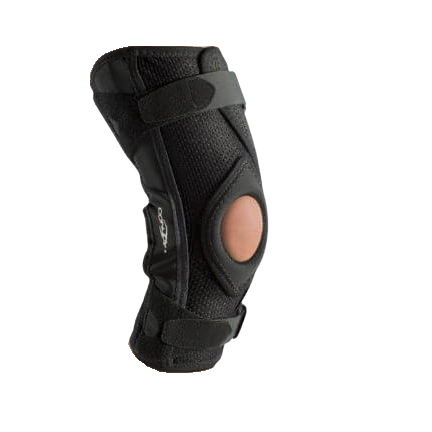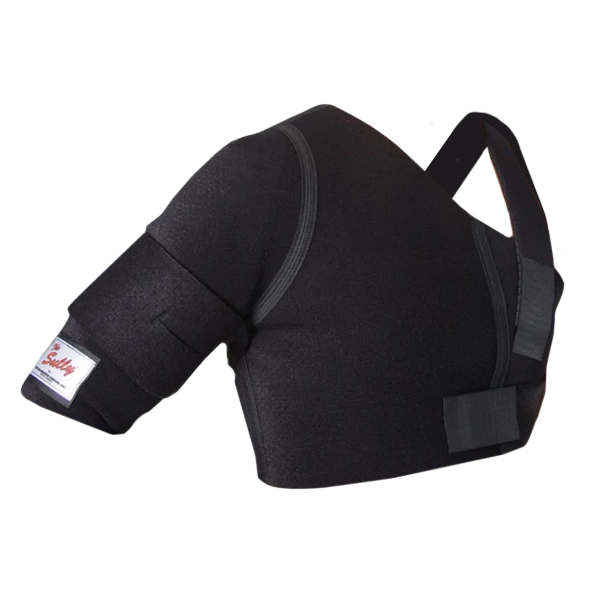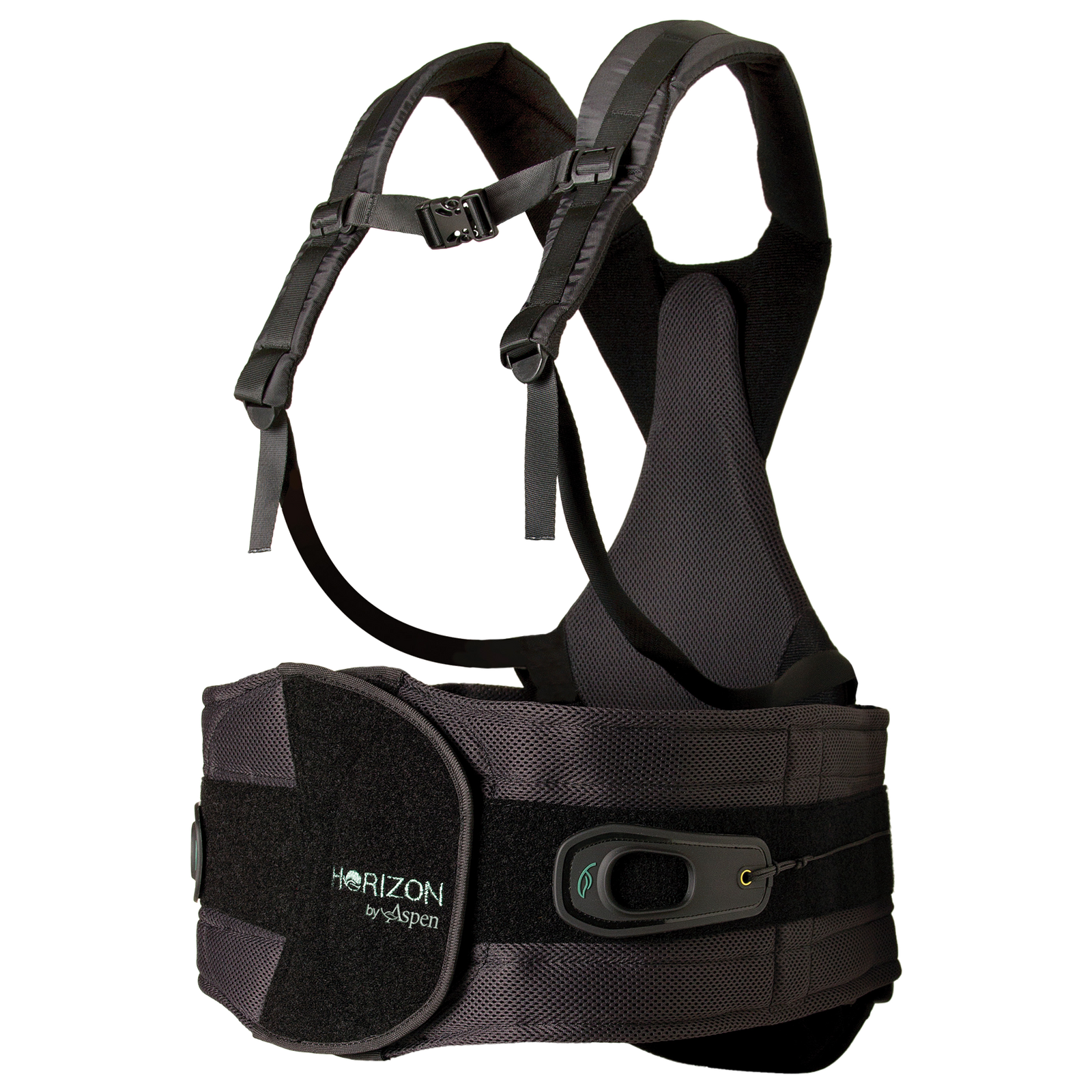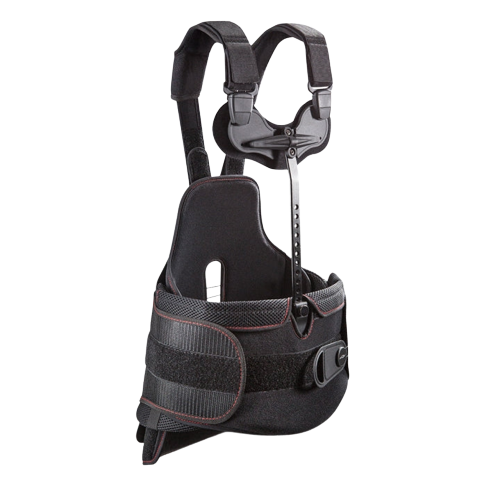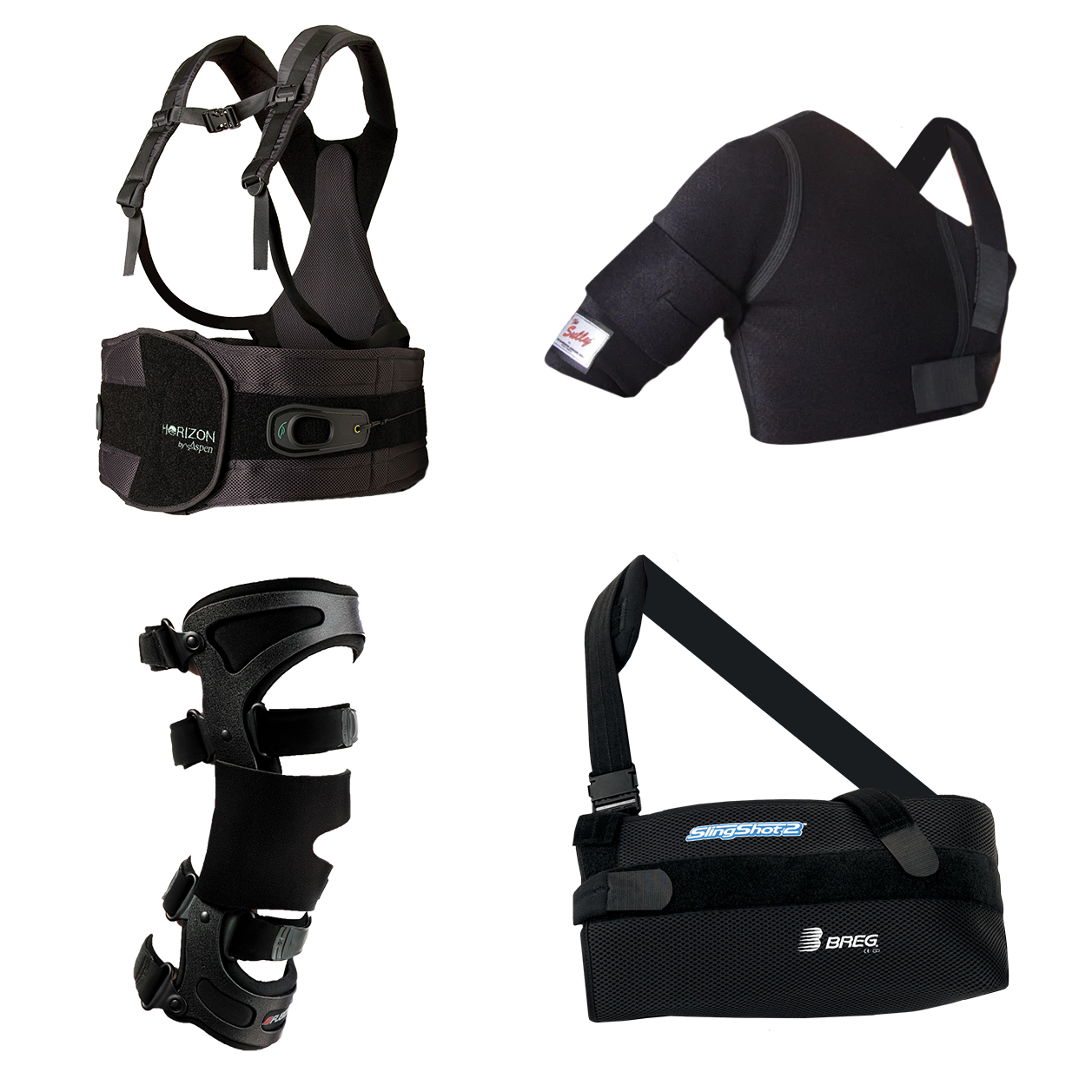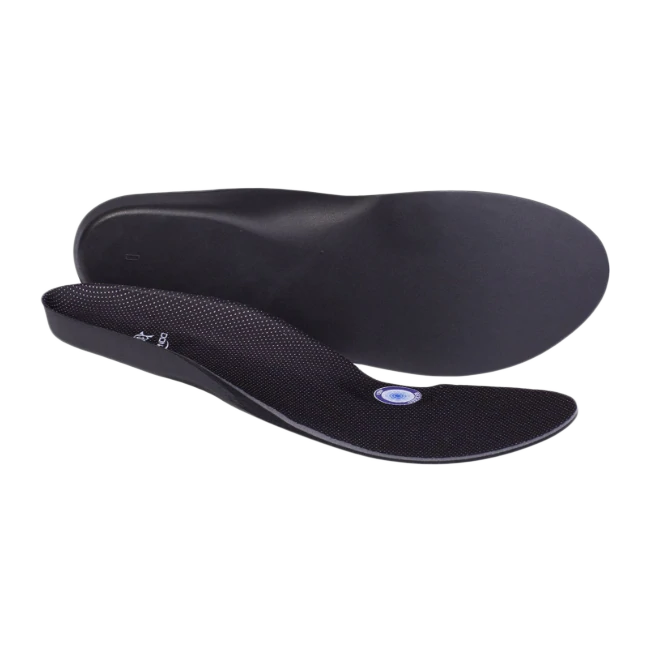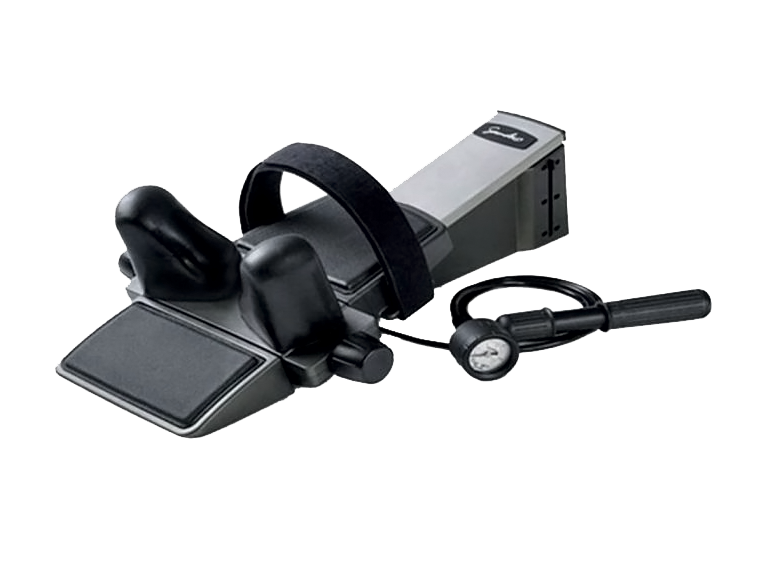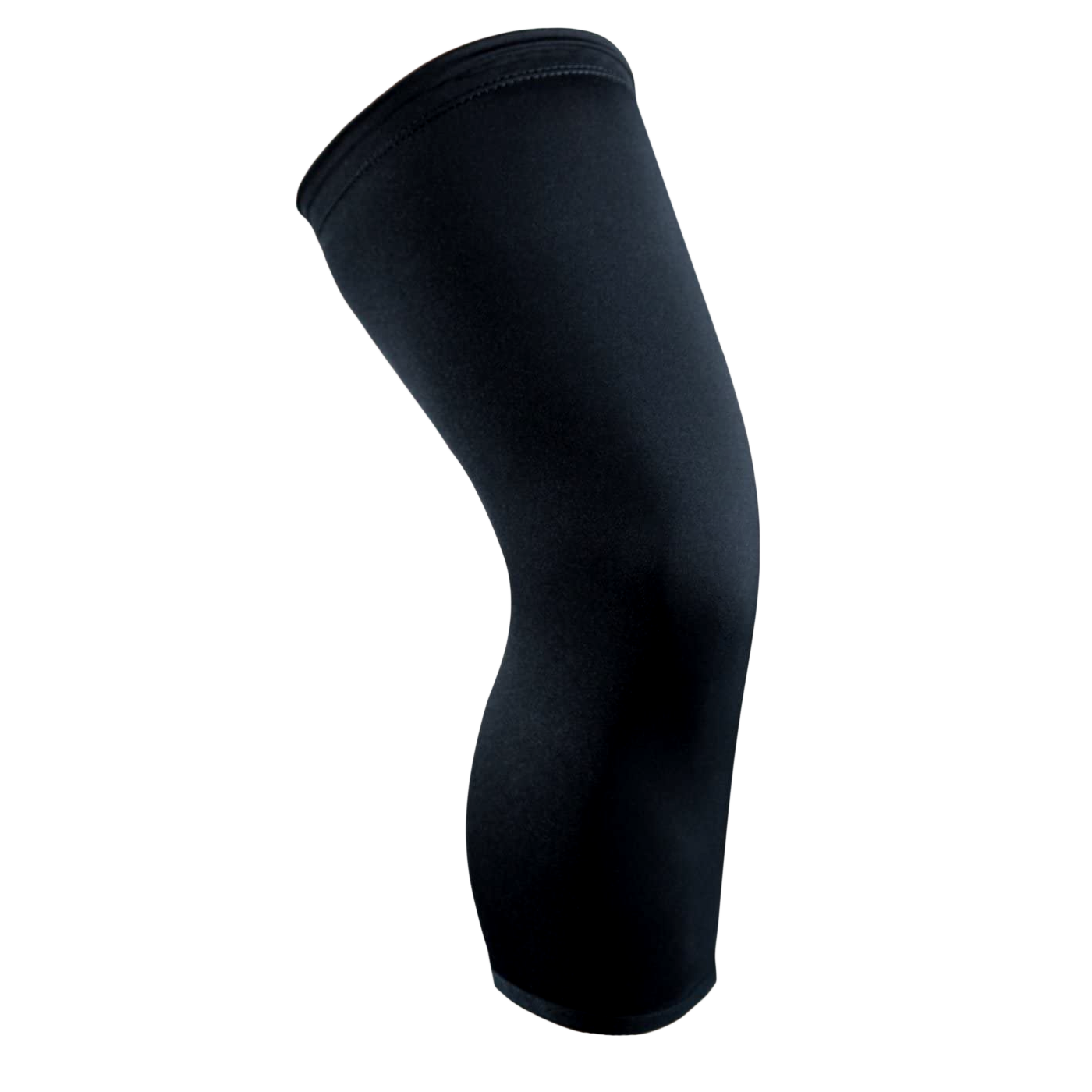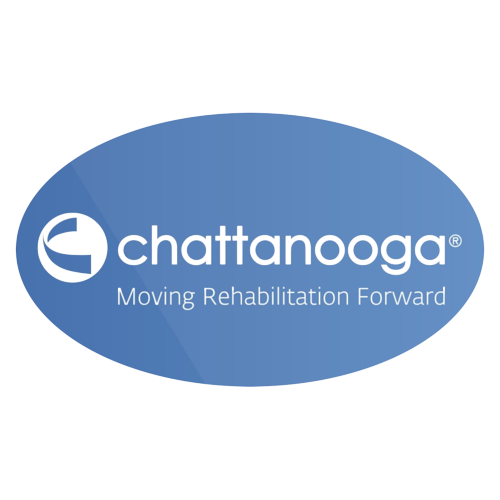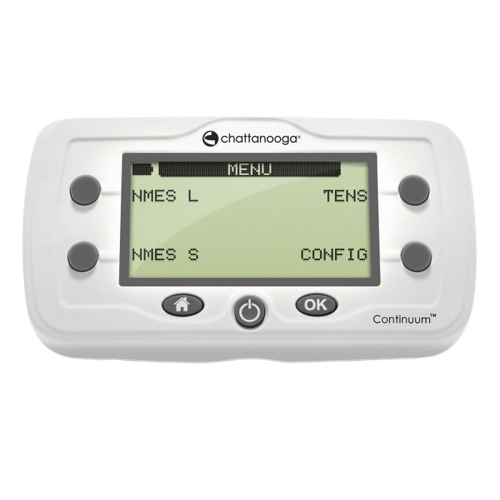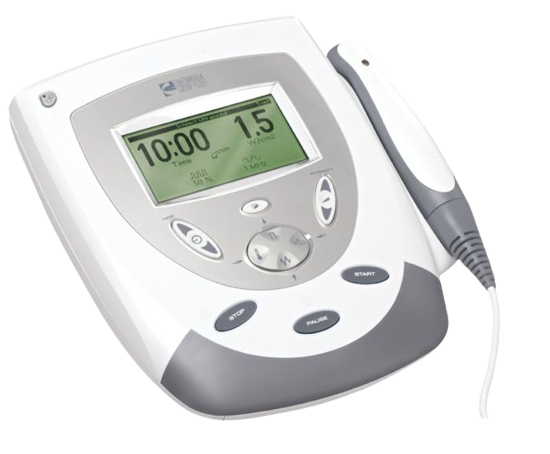
Key Takeaways:
- Purpose of Laminectomy: Laminectomy is a surgical procedure aimed at relieving pressure on the spinal cord or nerves, often after non-surgical treatments have been exhausted.
- Understanding Post Laminectomy Syndrome: Post-laminectomy syndrome can occur when patients continue to experience chronic pain after surgery, requiring effective management and rehabilitation.
- Comprehensive Recovery Process: Recovery from laminectomy involves pre-operative planning, post-operative care, and long-term strategies, including physical therapy, pain management, and lifestyle changes to maintain spinal health.
At OrthoBracing, we are committed to supporting you through every step of your recovery journey. Our goal is to ensure your journey towards healing is as comfortable and quick as possible. We offer high-quality products and the reassurance of customer-centric service to address any concerns and assist in navigating the post-operative healing path.
Undergoing a laminectomy, a surgical procedure designed to relieve pressure on the spinal cord or nerves can be a significant step toward finding relief from chronic back pain and related symptoms. However, recovery does not end with surgery. Post-laminectomy syndrome, a condition where patients continue to experience chronic pain after surgery, can be a challenging aftermath for some individuals. Understanding the symptoms and treatments associated with this condition is crucial for effective management and recovery.
This article explores early signs of post-laminectomy syndrome and the range of treatment options available, emphasizing the role of quality orthopedic products in facilitating a smoother recovery.

Understanding Laminectomy And Its Purpose
A laminectomy is an orthopedic surgical procedure involving removing a portion of the vertebral bone called the lamina. The primary purpose of this procedure is to relieve pressure on the spinal cord or the nerves around it, which can be due to various conditions such as herniated discs, spinal stenosis, or tumors. This decompression aims to alleviate symptoms like pain, weakness, numbness, and difficulty in walking, which can significantly impact an individual's daily life.
In some cases, this procedure may also involve removing bone spurs or damaged disks to relieve further pressure on the nerves. The surgery can vary in complexity and length depending on the number of vertebrae involved and the specific conditions being addressed. Post-operatively, patients may experience immediate relief from some symptoms, although complete recovery can take weeks to months, requiring a dedicated rehabilitation program.
At OrthoBracing, we understand the challenges of recovering from a laminectomy surgery. Our range of cold therapy machines and orthopedic braces are specially designed to support patients through their recovery journey, helping to manage pain and reduce the risk of post-surgical complications. Our products provide comfort and aid in healing, ensuring that patients can recover faster and with less pain.
Signs And Symptoms Indicating The Need For Laminectomy
In orthopedic health, understanding the warning signs that a laminectomy—a surgical procedure designed to relieve pressure on the spinal cord or nerves—may be necessary is paramount. This insight can ensure timely medical intervention and a smoother recovery process.
Below are key symptoms that individuals, athletes, and healthcare professionals should be vigilant of:
1. Persistent Back Pain
Pain that does not improve with conventional treatments such as medications, physical therapy, or the use of orthopedic braces may indicate the need for a more invasive procedure like a laminectomy.
2. Neurological Symptoms
Symptoms such as numbness, weakness, or tingling in the arms or legs indicate nerve compression. A laminectomy can alleviate pressure on the nerves, potentially reversing these symptoms.
3. Loss Of Bladder Or Bowel Control
This is a critical sign that suggests severe pressure on the nerves in the lower spine. It requires immediate medical attention as it can lead to permanent damage if not promptly addressed.
4. Difficulty Walking Or Standing
If compression of the spinal cord or nerves is affecting your mobility, a laminectomy could relieve the pressure, improving your ability to move without discomfort.
5. Decreased Physical Function
For athletes, a decrease in physical performance or an inability to engage fully in sport due to back pain or neurological symptoms may alert to the severity of spinal issues, warranting surgical intervention.
Laminectomy Procedure: What To Expect Before, During, And After
Before The Procedure
Thorough planning and preparation are essential before a laminectomy to ensure a smooth process and recovery. Initially, patients will undergo a series of examinations, including MRI scans or X-rays, allowing the surgeons to gain an in-depth understanding of the spinal issue. This period also allows patients to engage with their healthcare team, discussing potential risks, benefits, and the expected outcomes of the surgery.
During The Procedure
A laminectomy, often performed under general anesthesia, involves removing part of the vertebral bone called the lamina. This procedure relieves pressure on the spinal nerves, which can be caused by conditions such as spinal stenosis, herniated disks, or tumors. The surgery can take several hours, depending on the complexity and the number of vertebrae involved. Surgeons may employ minimally invasive techniques to reduce tissue damage and promote faster healing.
After The Procedure
Recovery from a laminectomy varies among individuals, typically ranging from weeks to months. Immediately following the surgery, patients might experience pain, discomfort, or numbness, managed with medications. Early mobilization, often within the first-day post-surgery, is encouraged to enhance circulation and prevent complications. Physical therapy plays a crucial role in recovery, helping to strengthen the back muscles and restore flexibility.
During this critical post-operative phase, OrthoBracing’s solutions come into play. With an emphasis on mitigating pain and enhancing the recovery process, OrthoBracing offers a range of cold therapy machines and orthopedic braces specifically designed to support patients recovering from spinal surgeries.
Recovering From Laminectomy: Post-Operative Care Guidelines
A structured post-operative care plan is not only about healing and ensuring a successful outcome without the onset of post-laminectomy syndrome—a condition characterized by persistent pain following surgery.
Here, we highlight the guidelines for post-operative care, emphasizing how tailored orthopedic recovery products can significantly enhance the recovery journey.
Immediate Post-Operative Care
Immediately after surgery, patients can expect to stay in the hospital for a few days, where healthcare providers will closely monitor their recovery. Pain management immediately after the procedure is a priority. Cold therapy machines provided by companies like OrthoBracing offer an optimal solution for reducing swelling and managing pain without reliance on medications. These machines circulate cold water through a pad that conforms to your body, providing consistent cooling effects that are incredibly soothing after surgery.
At-Home Recovery
Once discharged, the journey to recovery continues at home. It is crucial to follow your surgeon’s recovery plan, including any prescribed physical therapy. An orthopedic brace can provide the necessary support to your spine while it heals, preventing undue stress on the surgical site. OrthoBracing’s selection of orthopedic braces is designed for this purpose, offering stability during the delicate post-operative phase.
Managing Pain And Preventing Post-Laminectomy Syndrome
Effectively managing pain post-surgery is pivotal to preventing post-laminectomy syndrome. Beyond cold therapy machines and orthopedic braces, maintaining a gentle activity level, as advised by healthcare professionals, aids in muscle strength and flexibility, contributing to a smoother recovery.
Complications And Risks Associated With Laminectomy Surgery
Laminectomy surgery, a common procedure intended to relieve spinal pressure and alleviate chronic back pain, is generally considered safe. However, like any surgical intervention, it has potential complications and risks. Understanding these risks is crucial for patients to make informed decisions and prepare adequately for recovery.
- Post Laminectomy Syndrome: Persistent pain in the back or limbs after surgery, impacting the quality of life.
- Infection Risk: Potential for infection at the surgery site, which requires prompt treatment if it occurs.
- Nerve Damage: Possible, though rare, nerve damage that may cause weakness, numbness, or paralysis.
- Spinal Instability: The risk of decreased spinal strength or instability may require additional surgery.
- Blood Clots and Spinal Fluid Leaks: Rare complications that need immediate medical attention to prevent serious outcomes.
Long-term Care After Laminectomy: Maintaining Spinal Health
Following a laminectomy, recovery requires a well-thought-out strategy to ensure the longevity of spinal health and to prevent the onset of post-laminectomy syndrome, a condition characterized by chronic pain following spine surgery.
Consistent Physical Therapy
Engaging in regular physical therapy sessions post-surgery is crucial. These sessions help strengthen the muscles around the spine, improve flexibility, and promote proper posture. OrthoBracing offers a range of orthopedic braces designed to support the spine during physical activities, ensuring that recovery progress is made without putting undue stress on the spine.
Pain Management Strategies
Pain management remains a priority for those recovering from a laminectomy. Our cold therapy machines offer a soothing and noninvasive option for pain relief. Their consistent cooling effect can help reduce inflammation, allowing for a more comfortable recovery phase. This adjunct therapy has been shown to significantly ease discomfort post-surgery, making it an invaluable tool in your pain management arsenal.
Regular Check-Ups And Monitoring
Periodic appointments with a healthcare professional will help monitor the healing process and prevent complications that could lead to post-laminectomy syndrome. It’s important to be vigilant about any new or worsening symptoms and promptly communicate them to your healthcare provider.
Lifestyle Modifications
Incorporating lifestyle changes plays a substantial role in maintaining spinal health post-laminectomy. This includes maintaining a healthy weight, avoiding smoking, and adopting an ergonomically sound work and home environment. Simple adjustments to everyday activities can make a significant difference in preventing undue stress on your spine.
Educational Resources
OrthoBracing offers a wealth of resources to educate you on the optimal use of our products and to promote an understanding of the best practices for post-surgery recovery and long-term spinal health maintenance. Our customer service team is always ready to address your queries, ensuring that your journey to recovery is supported every step of the way.

Final Thoughts
Recovering from a laminectomy can be a challenging time for patients, but understanding the symptoms and available treatments can make a substantial difference in the recovery journey. Post-laminectomy syndrome, a condition some individuals face after surgery, requires careful management and attention to alleviate discomfort and foster a quicker return to daily activities.
At OrthoBracing, we are committed to supporting you through this recovery period. Our wide selection of cold therapy machines and orthopedic braces are designed with your healing and comfort in mind, aiming to reduce pain and improve mobility. With our commitment to excellent customer service and comprehensive pain management approach, we are here to help you recover faster.
Read also:
- Does a Back Brace Help Sciatica? Tips on Finding the Best Back Brace for Sciatica Pain
- The 7 Best Cold Therapy Machines for Faster Recovery Times
- Best Shoulder Braces for Faster Pain Relief 2024
Frequently Asked Questions About Post Laminectomy Syndrome
What is a laminectomy?
A laminectomy is a surgical procedure performed to relieve pressure on the spinal cord or nerves. Stenosis, herniated discs, or other spinal conditions often cause this pressure. During the procedure, a portion of the vertebral bone called the lamina is removed to create more space for the nerves.
Who needs a laminectomy?
Individuals experiencing significant and persistent pain, numbness, or weakness in their back, arms, or legs due to spinal pressure might be candidates for a laminectomy. It is typically recommended after non-surgical treatments have failed to provide relief.
What are the common symptoms of conditions treated by laminectomy?
Symptoms can include chronic back pain, numbness, tingling sensations, muscle weakness, and difficulties with walking or balance. These symptoms result from conditions such as spinal stenosis, herniated discs, or tumors that press against the spinal nerves.
What conditions are commonly treated with a laminectomy?
Laminectomy is commonly used to treat spinal stenosis, herniated discs, spinal tumors, and other conditions causing nerve compression in the spinal column. The goal is to alleviate the spinal cord or nerve pressure to reduce pain and improve function.
What are the potential risks of a laminectomy?
Like any surgical procedure, a laminectomy carries certain risks. These may include infection, nerve damage, blood clots, spinal fluid leaks, or the recurrence of spinal problems. However, risks are minimized with the expertise of experienced surgeons.
Are there non-surgical alternatives to a laminectomy?
Yes, there are non-surgical treatments to relieve pressure on the spinal nerves. These options include physical therapy, medication, spinal injections, and orthopedic devices to support the spine. Such alternatives are often considered before surgery is recommended.

